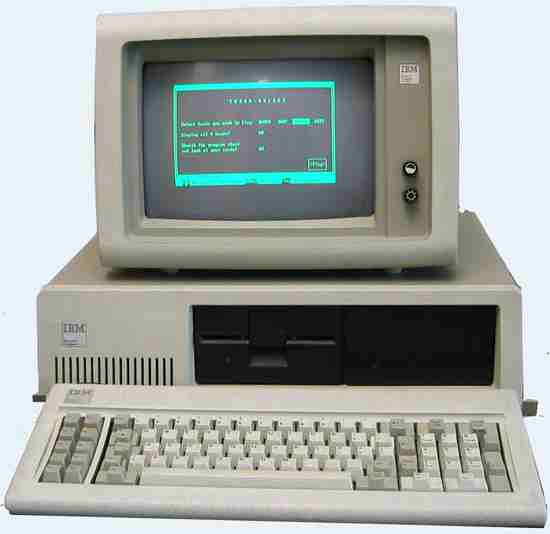- Compiled by:
- Félicien Mazille (Aquasis, cewas international centre for water management services) , Dorothee Spuhler (seecon international gmbh)
| In | Out |
|---|---|
| Freshwater,Non-biodegradable Wastewater, Treated Water | Drinking Water, Treated Water |
Introduction
The use of carbon in the form of charcoal has been used since antiquity for many applications. In Hindu documents dating from 450 BC charcoal filters are mentioned for the treatment of water. Charred wood, bones and coconut charcoals were used during the 18th and 19th century by the sugar industry for decolourising solutions (CECEN 2011). Activated carbon is a material prepared in such a way that it exhibits a high degree of porosity and an extended surface area.
A typical carbon particle has numerous pores that provide a large surface area for water treatment. Source: LEMLEY et al. (1995)
Treatment Principles
(Adapted from LEMLEY et al. 1995)
Activated carbon filters for water treatment. Source: FOCUS TECHNOLOGY CO LTD (2011)
The characteristics of the chemical contaminant are also important. Compounds that are less water-soluble are more likely to be adsorbed to a solid. A second characteristic is the affinity that a given contaminant has with the carbon surface. This affinity depends on the charge and is higher for molecules possessing less charge. If several compounds are present in the water, strong adsorbers will attach to the carbon in greater quantity than those with weak adsorbing ability.
Preparation of Activated Carbon
(Adapted from DROVAC and SKIPTON 2008)
Wood based powder activated carbon for drinking water treatment. Source: GCHFF (2011)
Use of Activated Carbon Units
(Adapted from DROVAC and SKIPTON 2008)
Types of activated carbon units. Source: AMIRAULT et al. (2003)
Activated carbon filters can also be used as a tertiary treatment in wastewater treatment plants to remove micropollutants from municipal effluents or recalcitrant contaminants from industrial effluents.
Combination of Activated Carbon With Other Processes
Activated carbon is often used as pre-treatment to protect other water treatment units such as reverse osmosis membranes and ion exchange resins from possible damage due to oxidation or organic fouling. The combination of ozonation with activated carbon is a very efficient technique for eliminating organic matter including micropollutants. Besides, the lifetime of activated carbon filters is extended drastically when used in combination with ozone, deceasing operation costs substantially (AEPPLI and DYER-SMITH 1996).Cost Considerations
(Adapted from AMIRAULT et al. 2003)Installation costs are moderate but additional technical equipment is required. Operating costs are usually limited to filter replacement. Depending on the type and concentration of the contaminant being removed, some carbon filters may require special hazardous waste handling and disposal, which can be costly.
Operation and Maintenance
(Adapted from LEMLEY et al. 1995)Carbon filters are relatively easy to install and maintain but skilled labour is required at least occasionally for monitoring the removal performance over time of both POU and POE equipment. Activated carbon filters have a limited lifetime. After long-term use, their surfaces are saturated with adsorbed pollutants and no further purification occurs. The filter material therefore has to be replaced at regular intervals, according to manufacturer's instructions. Replacement intervals should be calculated based on the average daily water use through the filter and the amount of contaminant being removed. Cartridge disposal depends on usage. A carbon cartridge can be backwashed and then reused or discarded if non-toxics have been adsorbed.
At a Glance
| Working Principle | The pollutants are removed from water through adsorption on the surface of the activated carbon. Use at the POE or POU (e.g. advanced filters). |
| Capacity/Adequacy | Simple technique using abundant raw material (e.g. petroleum coke, bituminous coal, lignite, wood products, coconut shell or peanut shell). Skilled labour required at least occasionally. |
| Performance | Efficient for pollutant having high affinity with activated carbon surface (non-polar compounds). |
| Costs | Relatively low operation costs. |
| Self-help Compatibility | Initial analysis of water is required to choose proper adsorbent (type of activated carbon). |
| O&M | Regular replacement or regeneration of carbon cartridge. |
| Reliability | Reliable if the water composition is taken into account when choosing the type of activated carbon used as filter material. |
| Main strength | Activated carbon can be produced relatively easily everywhere in the world. |
| Main weakness | Filter has to be replaced on a regular basis. |
Applicability
Activated carbon filters are widely used to produce drinking water at household and community level (to remove certain organics, chlorine or radon from drinking water) and to treat industrial or municipal wastewaters. It is not efficient for disinfection and nitrates removal. Adsorption on activated carbon is a simple technology based on materials such as fossil fuels (petroleum coke, lignite...) and even agricultural waste (e.g. coconut shell, wood, etc.).To choose the most applicable type of activated carbon for a given application it is important to analyse the composition of the influent water previously. The carbon filter has to be replaced or regenerated regularly to remain efficient. Activated carbon can also be used as a pre-treatment to protect other water treatment units.
Advantages
- Easy to install and maintain
- Can be used at the point-of-entry (semi-centralised drinking water treatment plants, wastewater treatment plants) or at the point-of-use (household/community filters)
- Efficient to remove certain organics, chlorine, radon
- Based on materials available everywhere
Disadvantages
- Filter has to be replaced regularly
- Skilled labour required, at least occasionally
- Water analysis is required to choose the most adapted type of activated carbon
- Contaminants are separated from water but not destroyed
References
For further readings, case studies,
awareness raising material, training material, important weblinks or the
related powerpoint presentation, see www.sswm.info/taxonomy/term/















